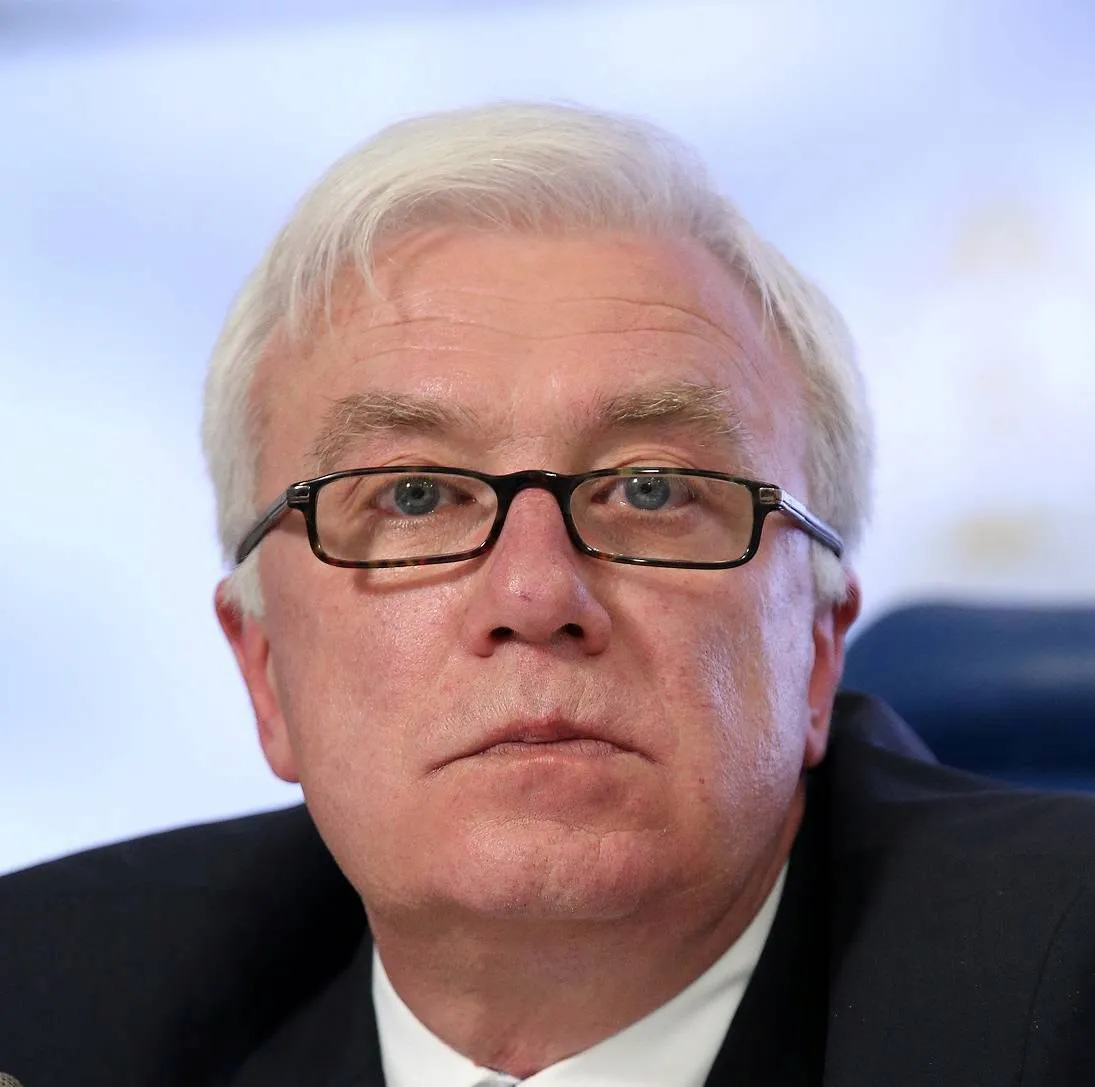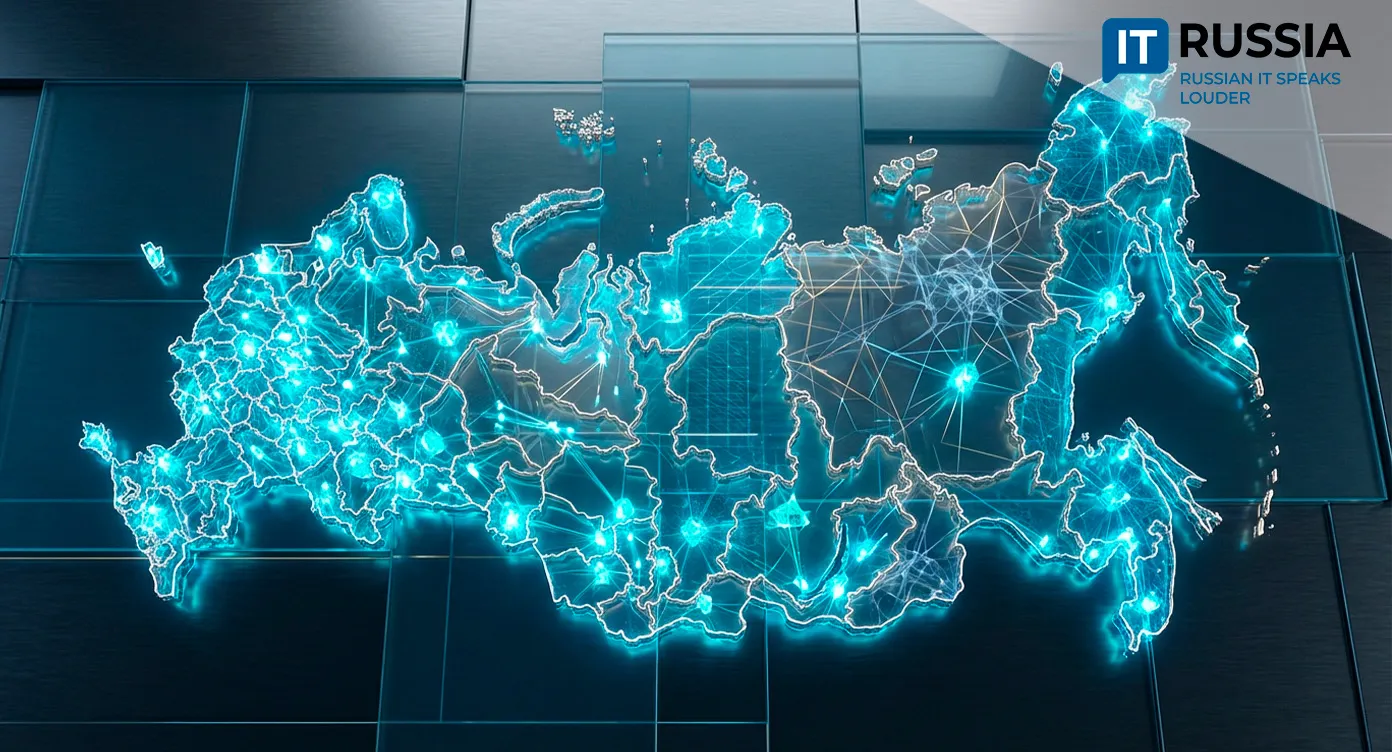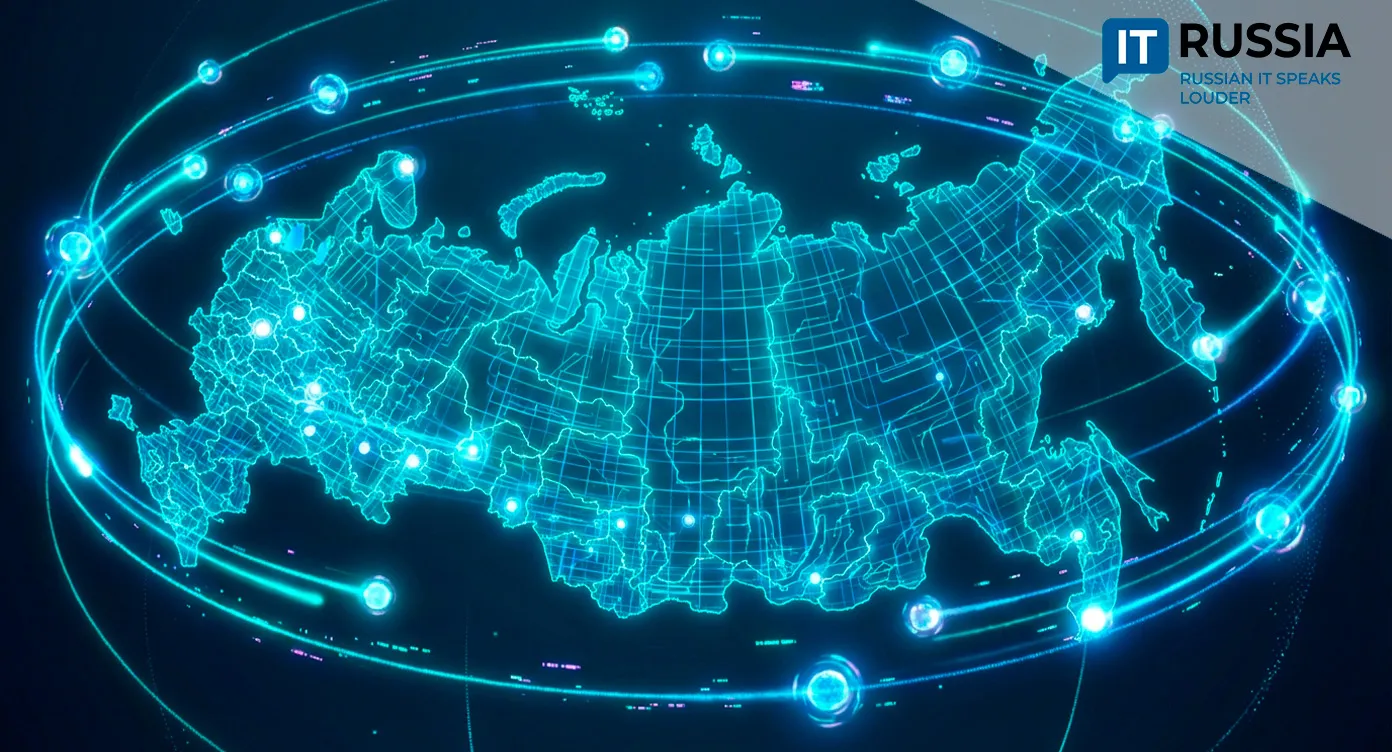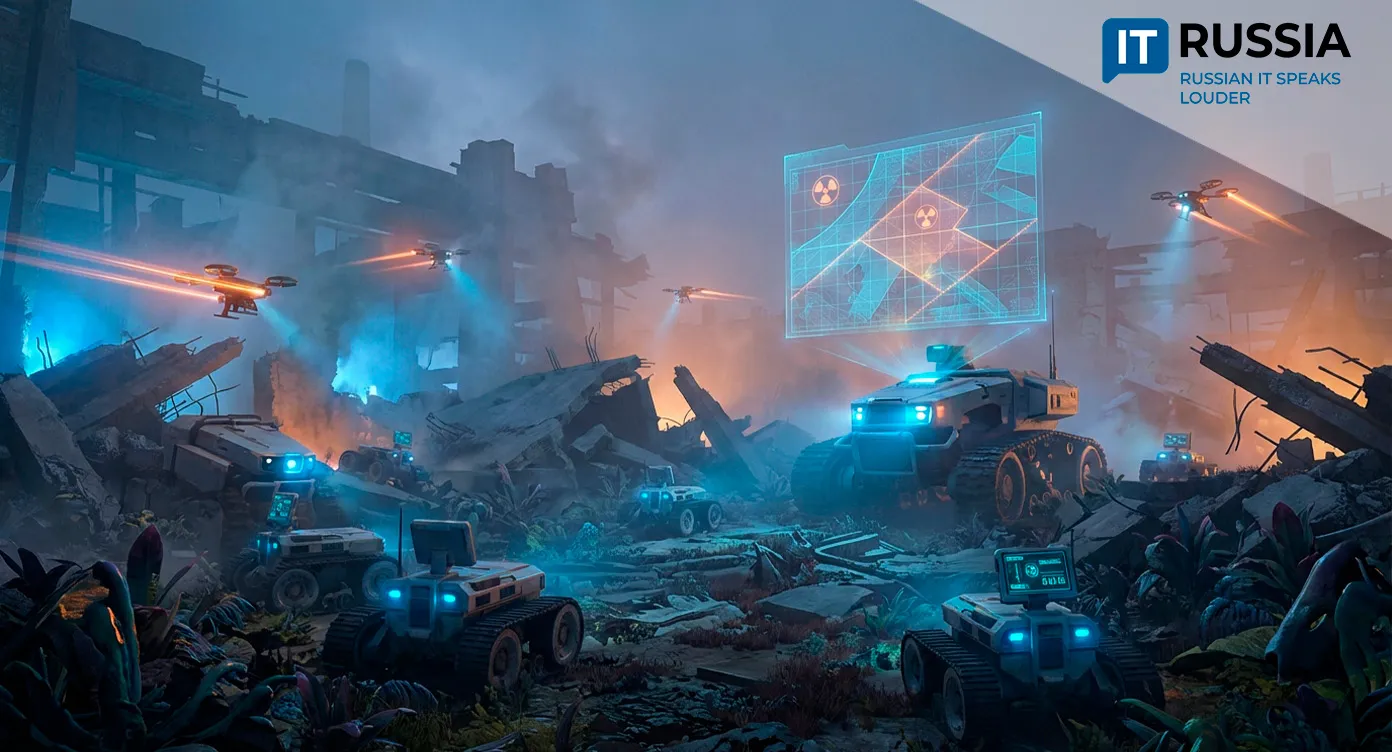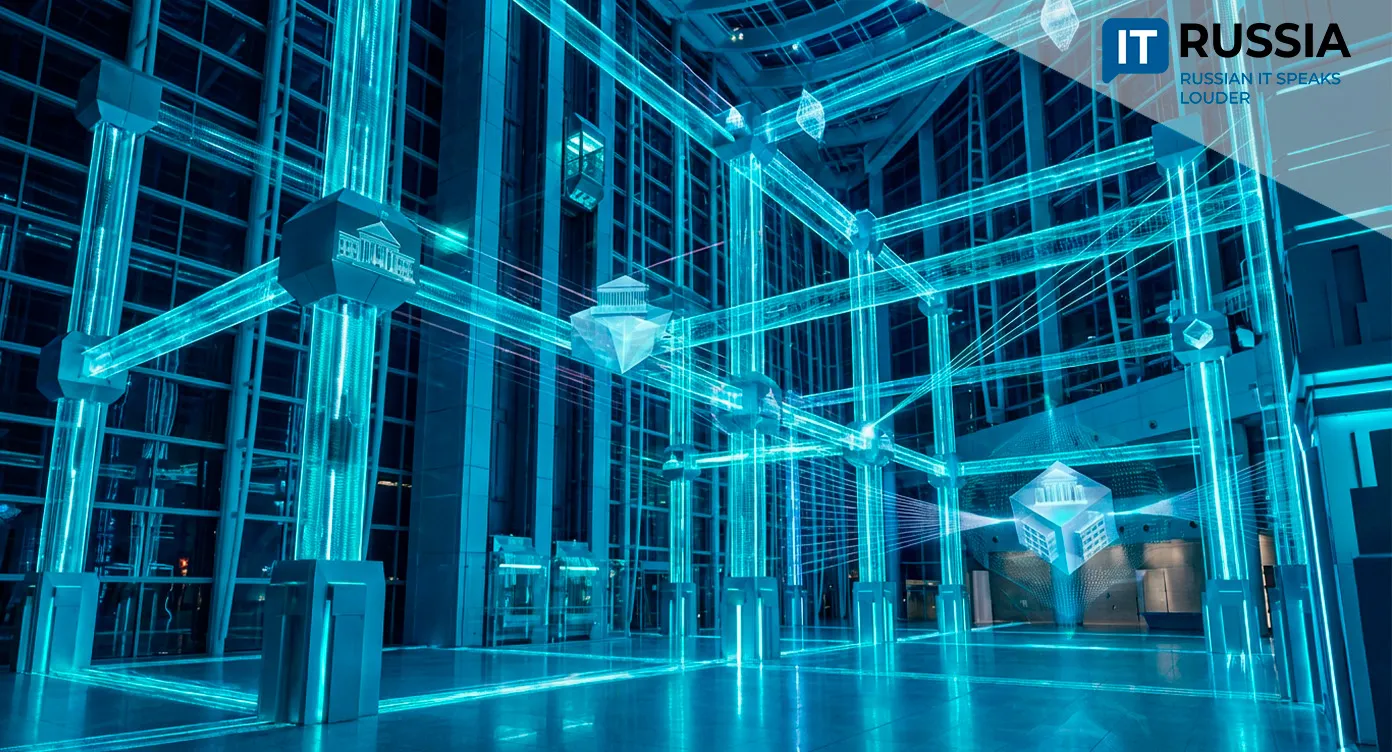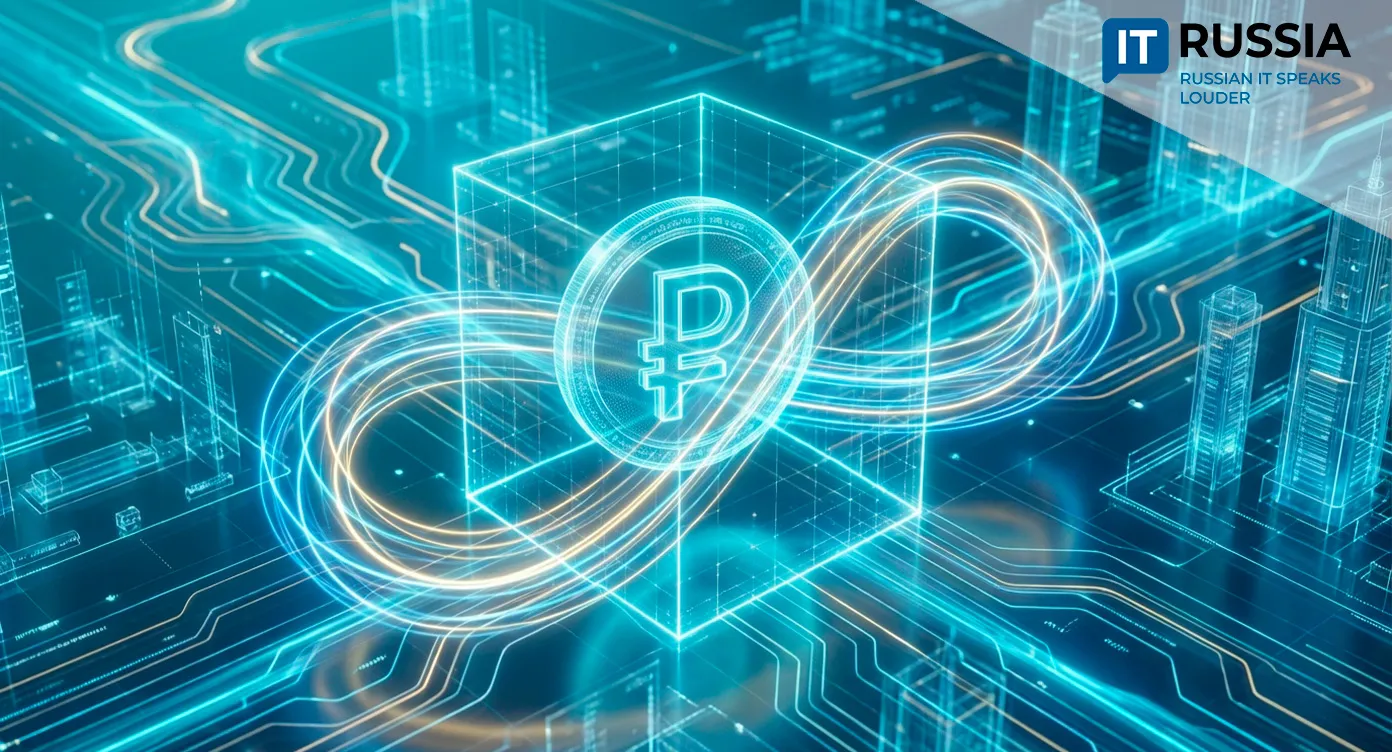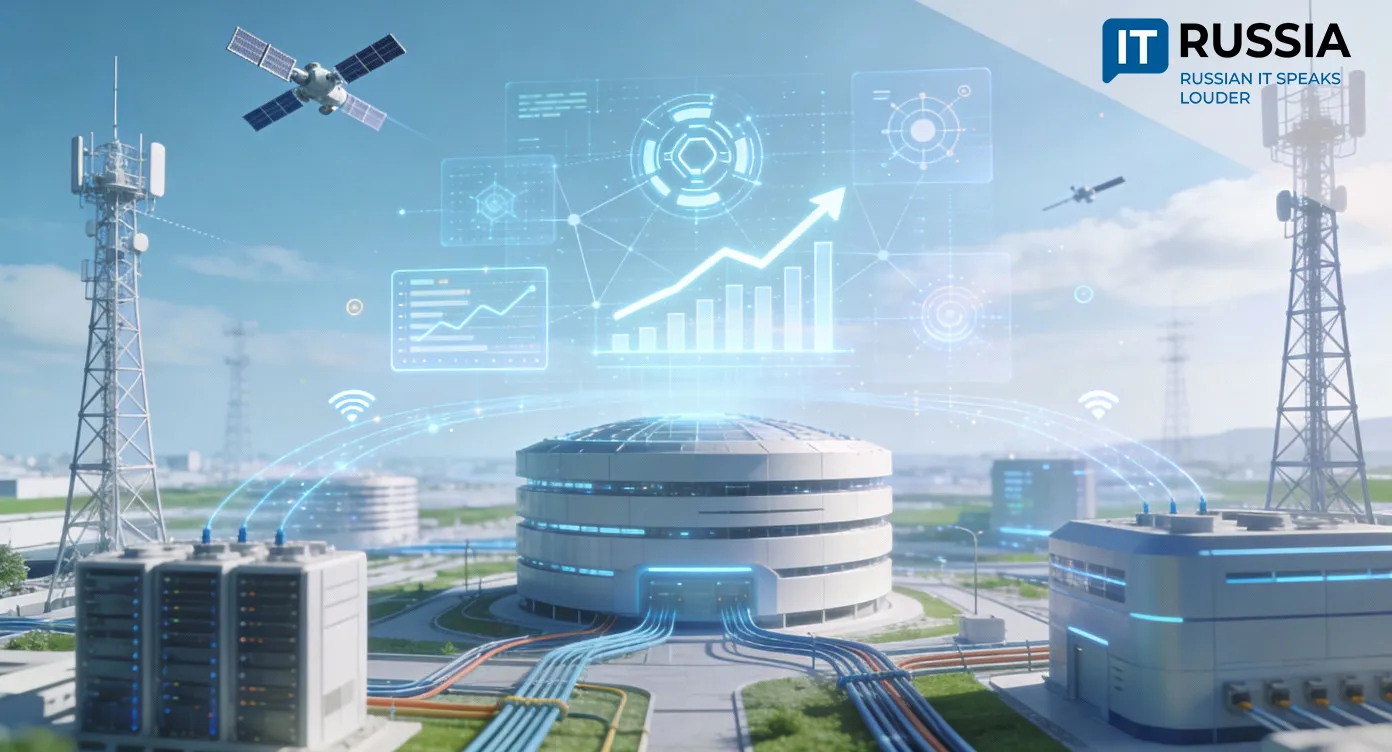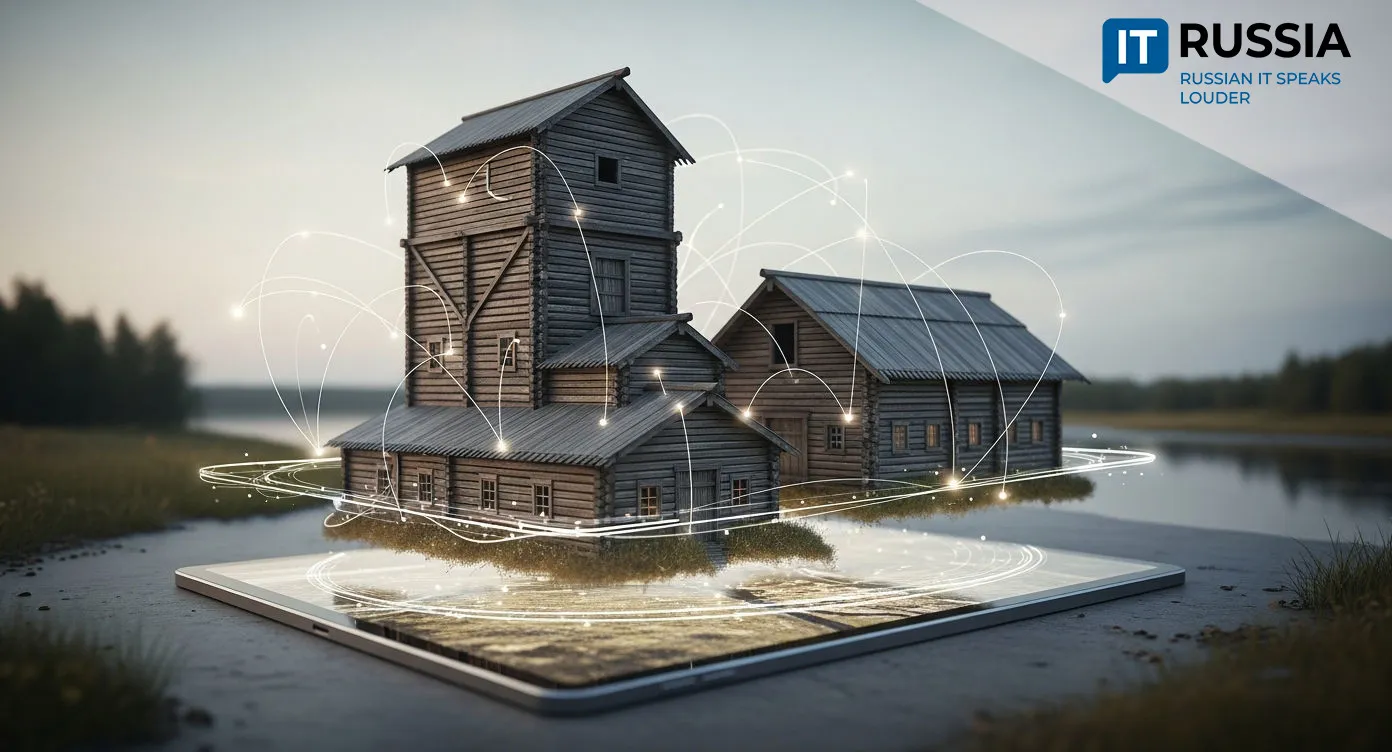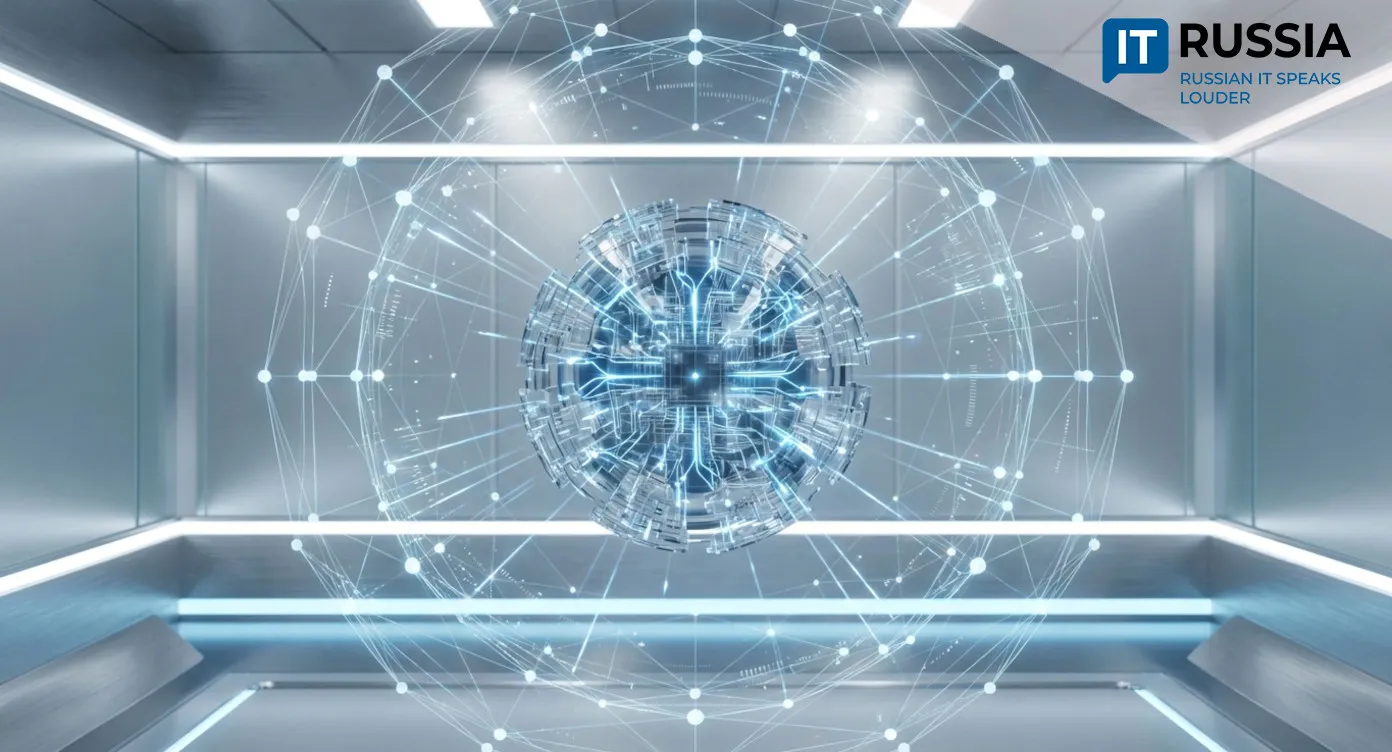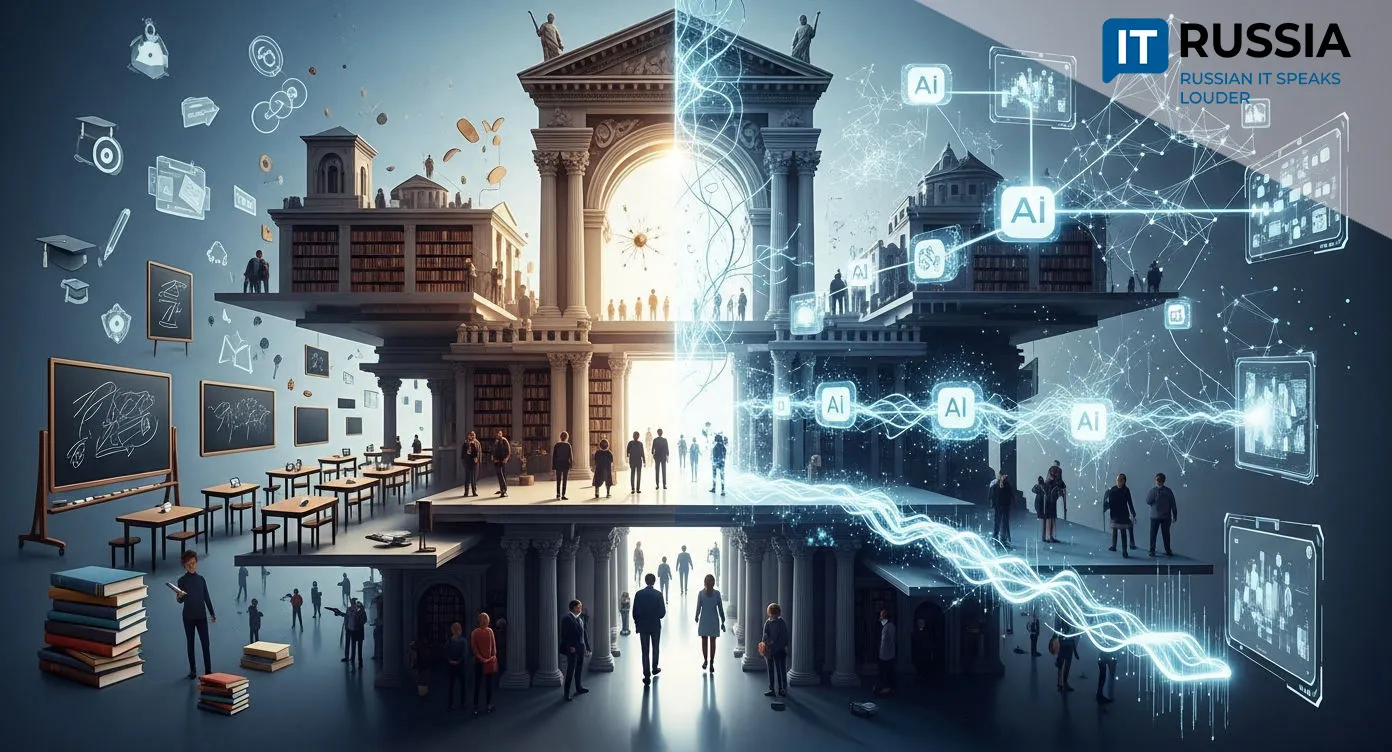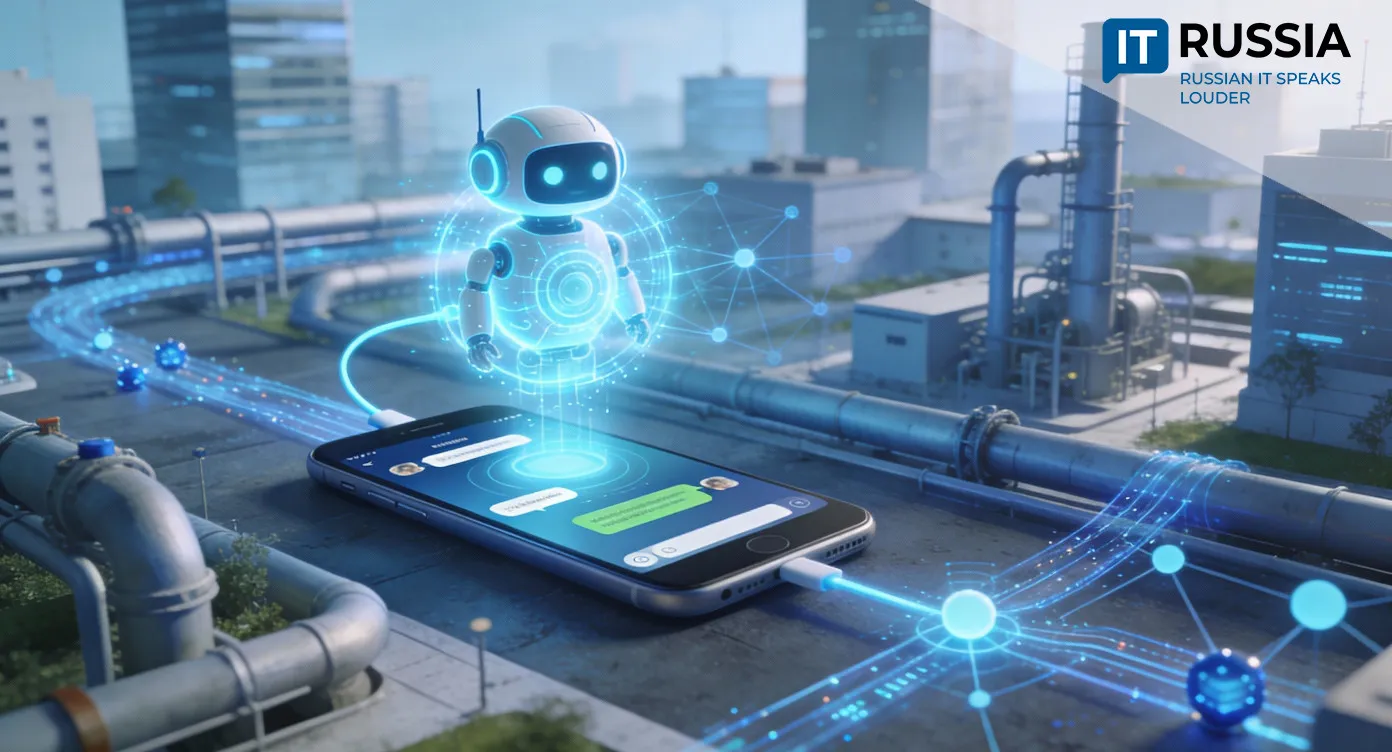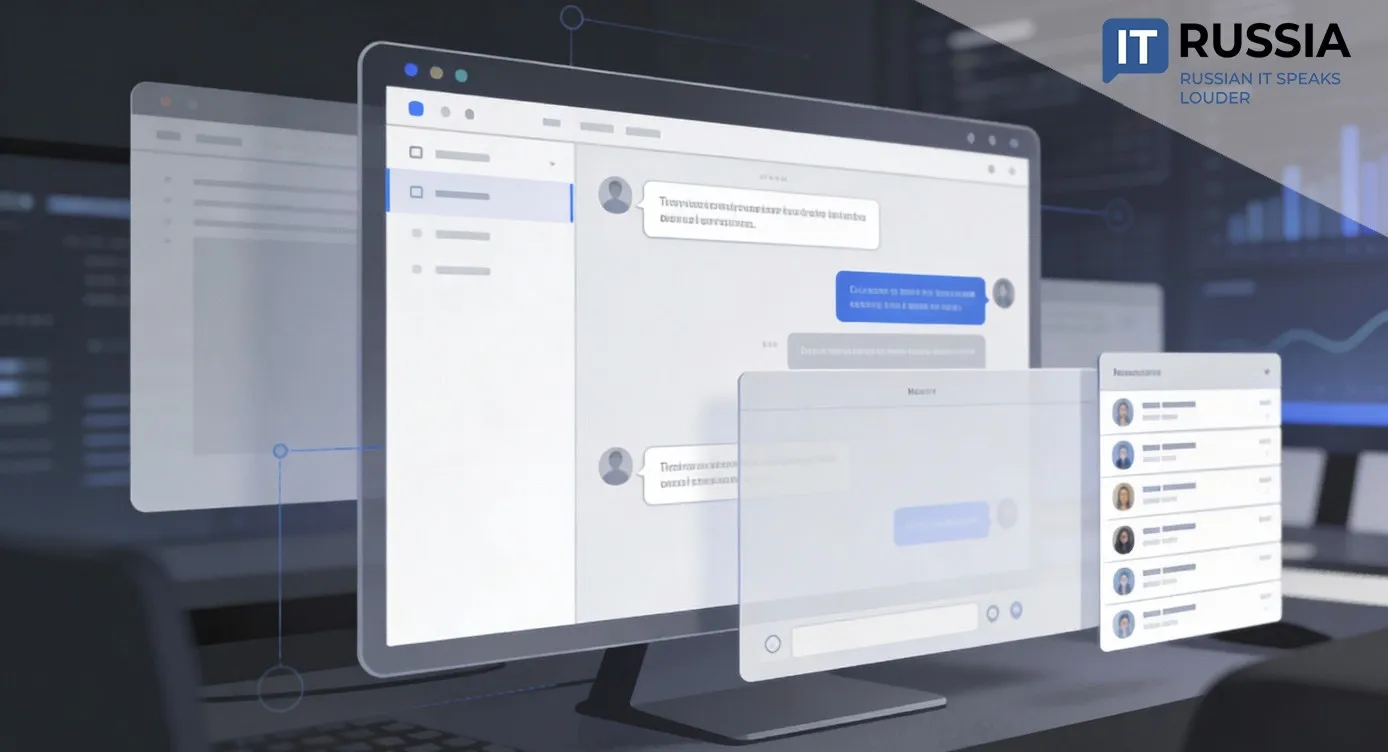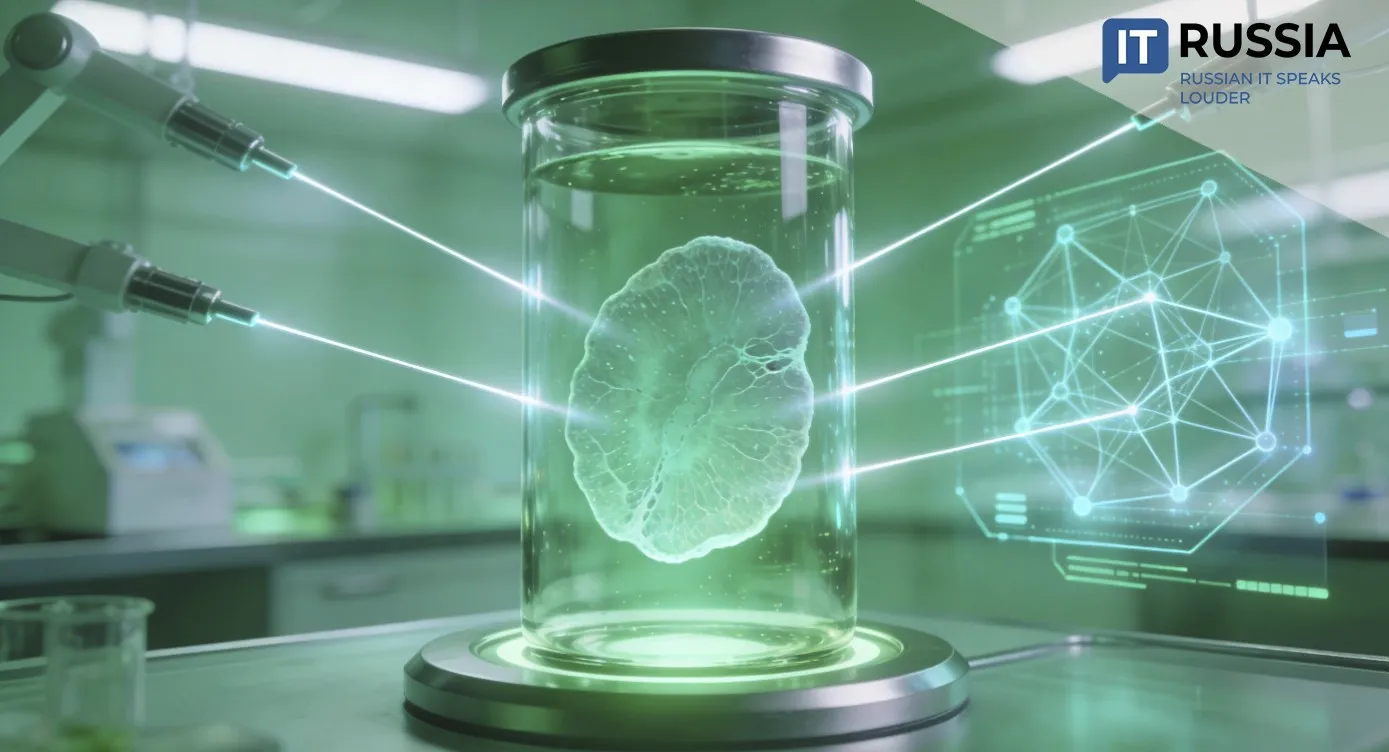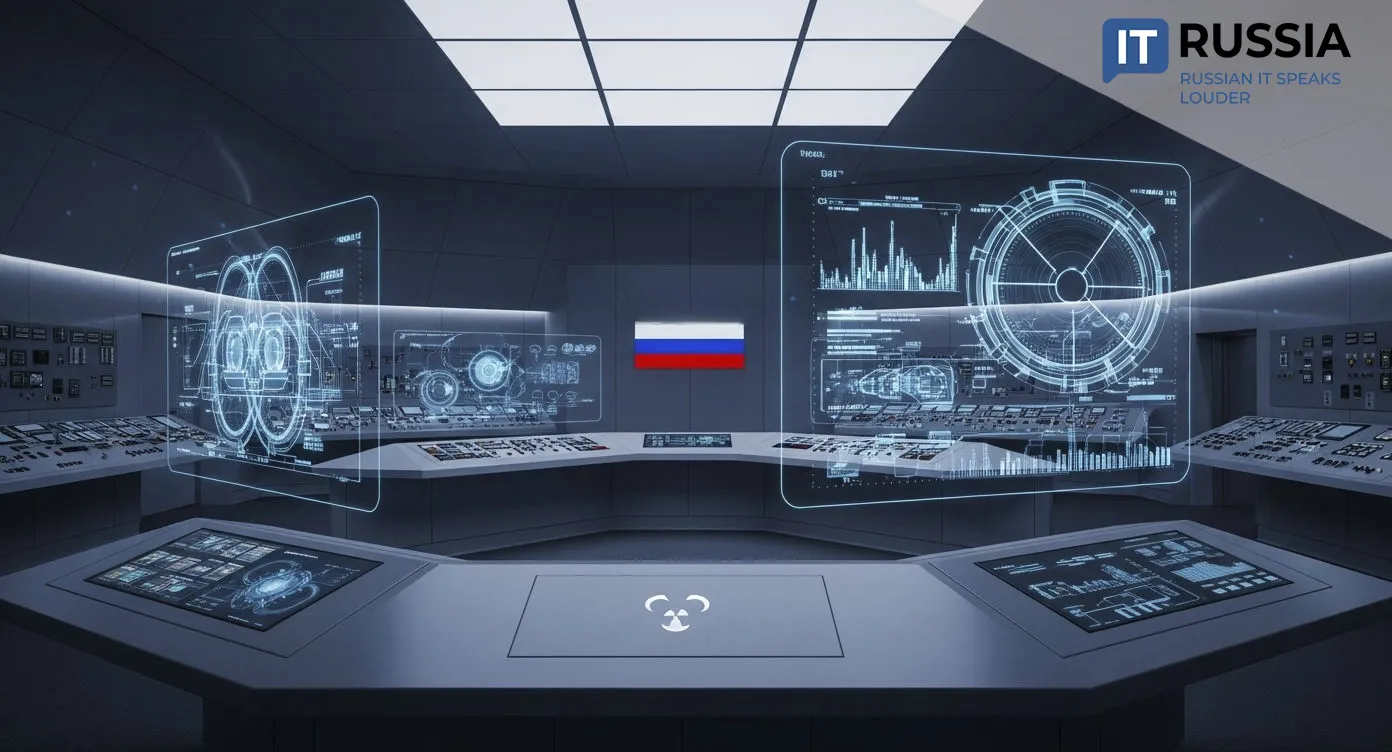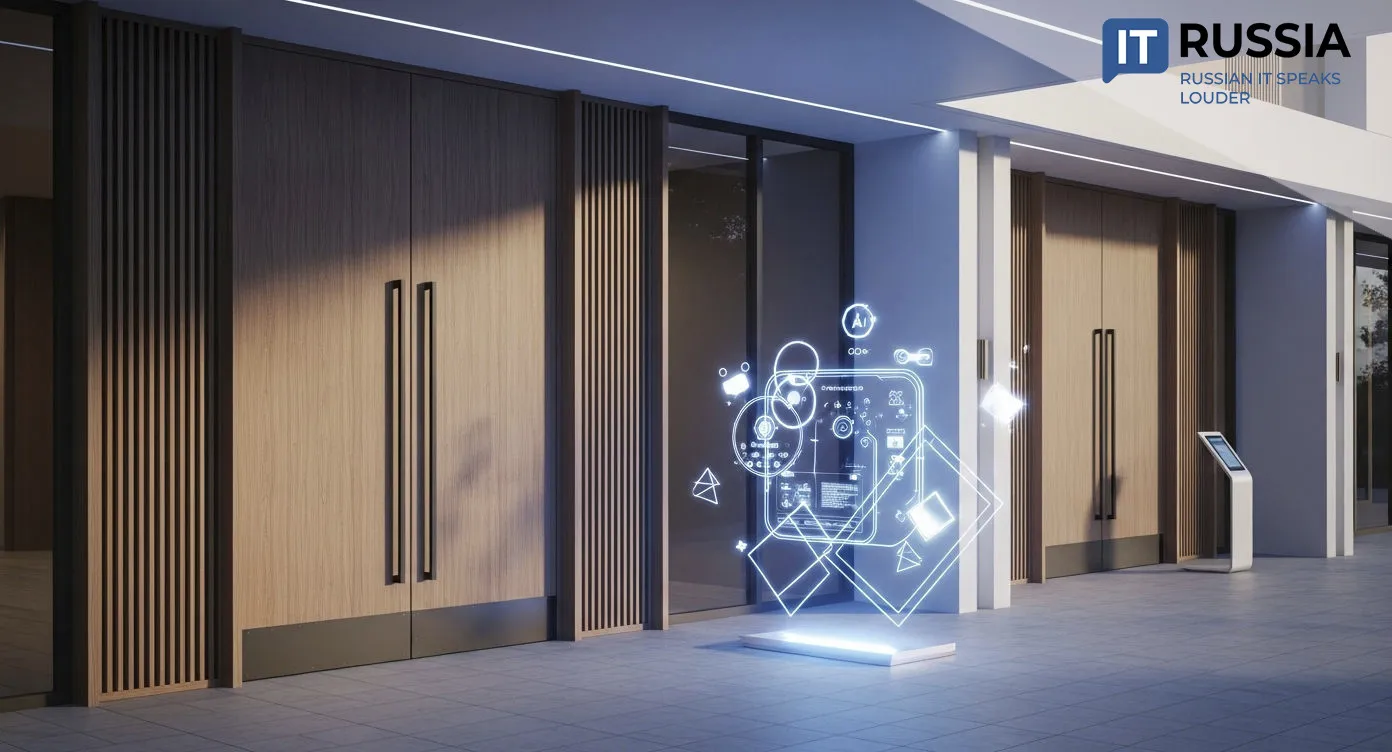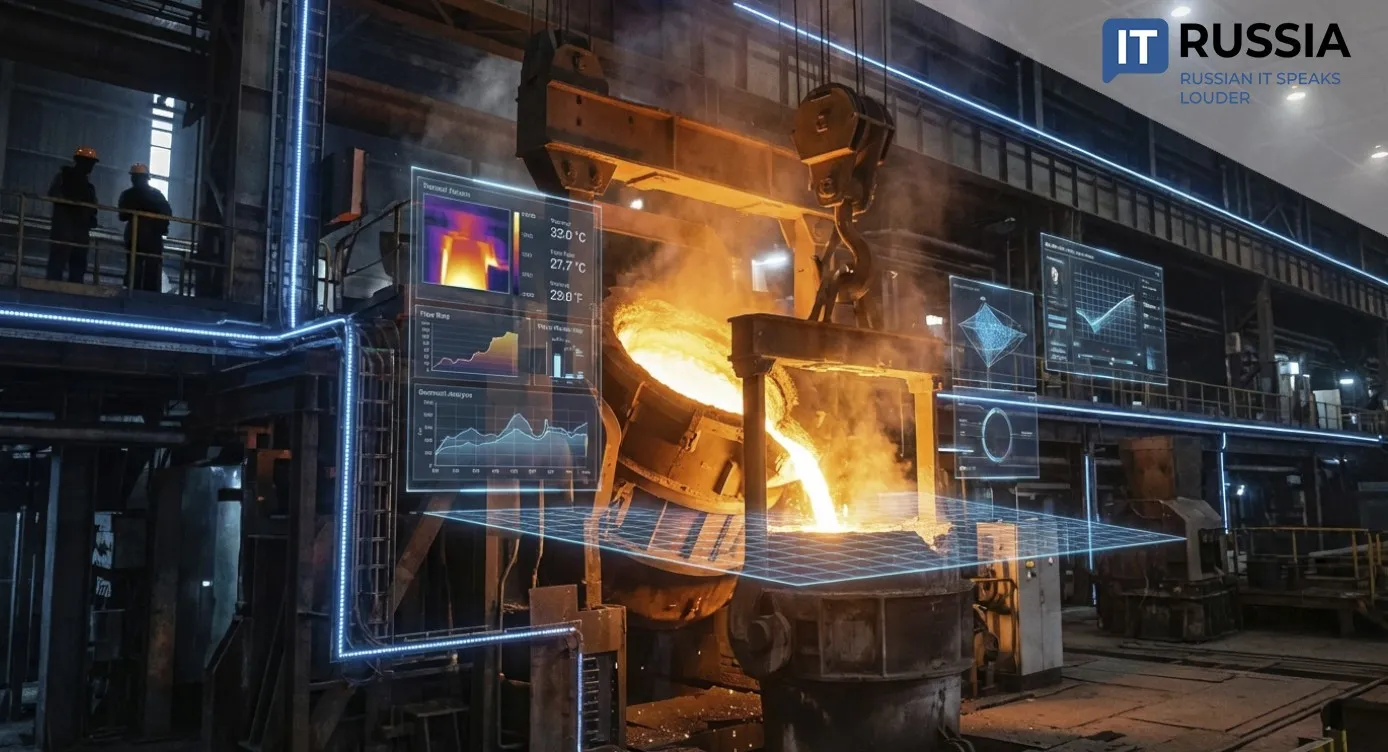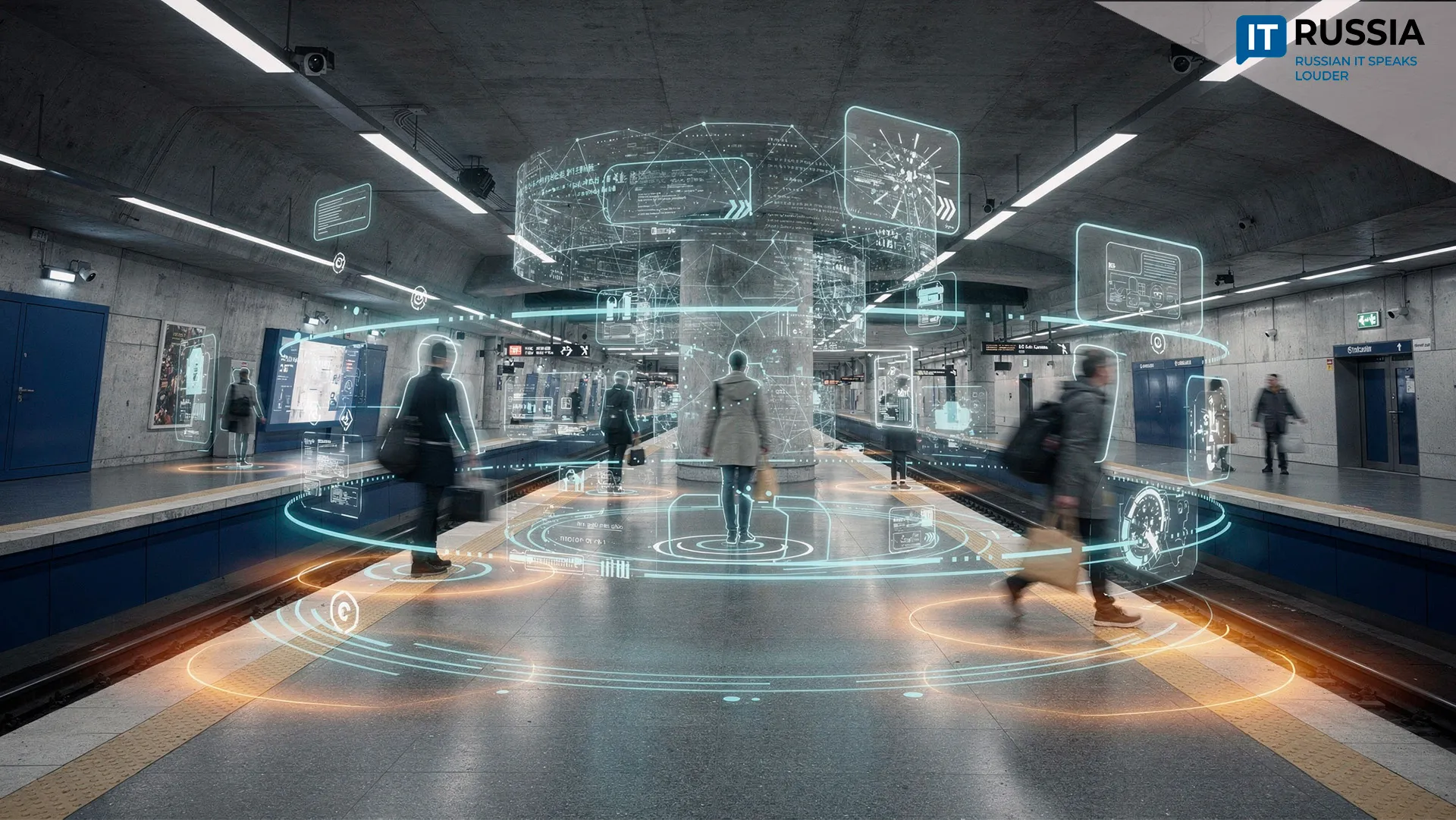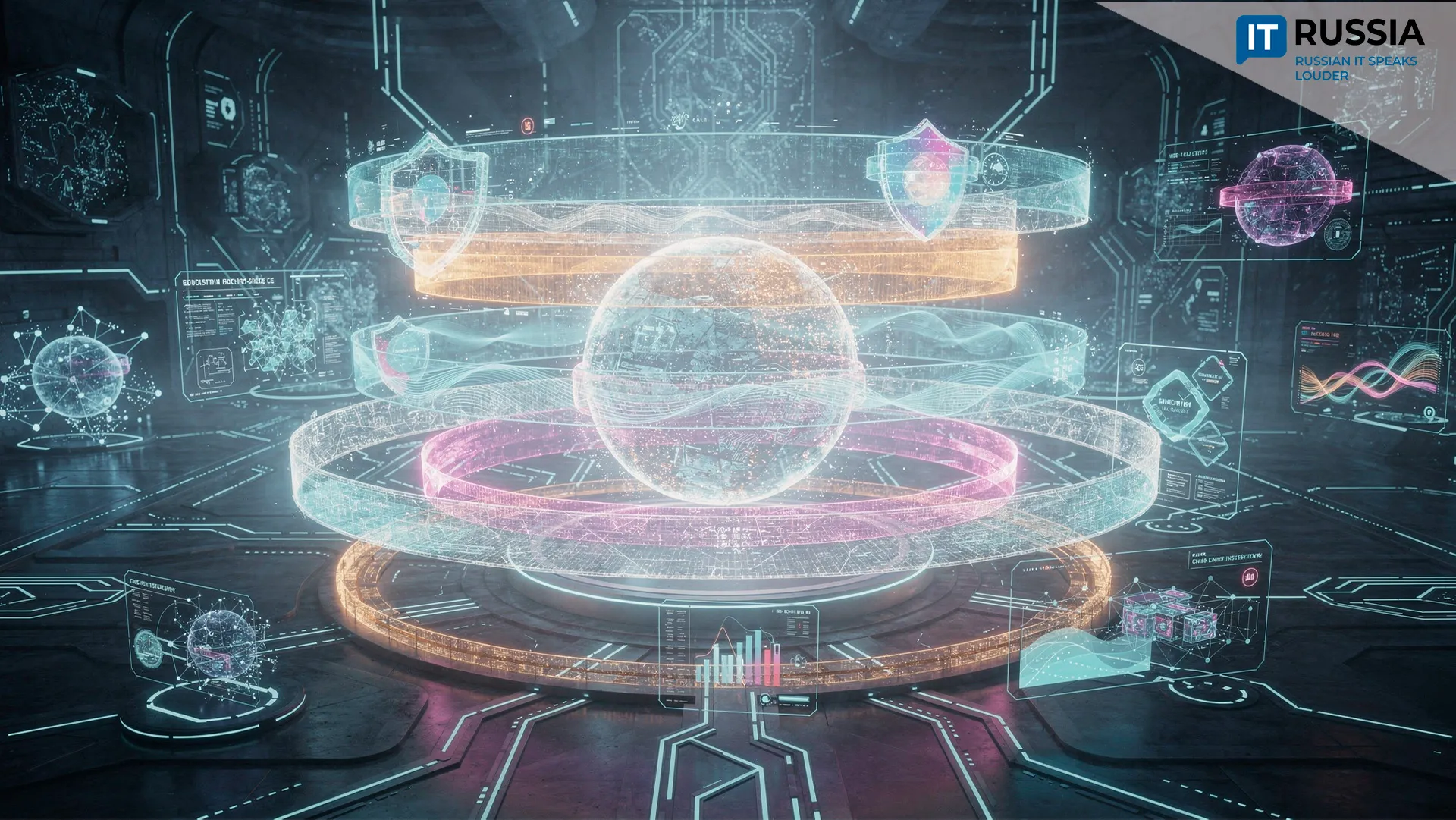Russia’s Historical Museum Launches 'Two Parades' Digital Project to Preserve WWII Memory

Timed to the 80th anniversary of the Victory Parade, the State Historical Museum has unveiled an interactive archive dedicated to two pivotal military events that shaped collective memory—and how we experience history online.
What the Project Reveals
The State Historical Museum in Moscow has launched a new website called 'Two Parades'—a digital platform spotlighting the iconic military marches of November 7, 1941, and June 25, 1945. These events, immortalized in photographic archives, symbolize the courage, triumph, and enduring legacy of the Soviet wartime effort.
The site explores these parades in extraordinary detail, diving into archival documents, first-hand accounts, and press clippings. Visitors can learn how many uniforms were tailored for the ceremony, who designed the regimental banners, and what criteria were used to select parade participants.
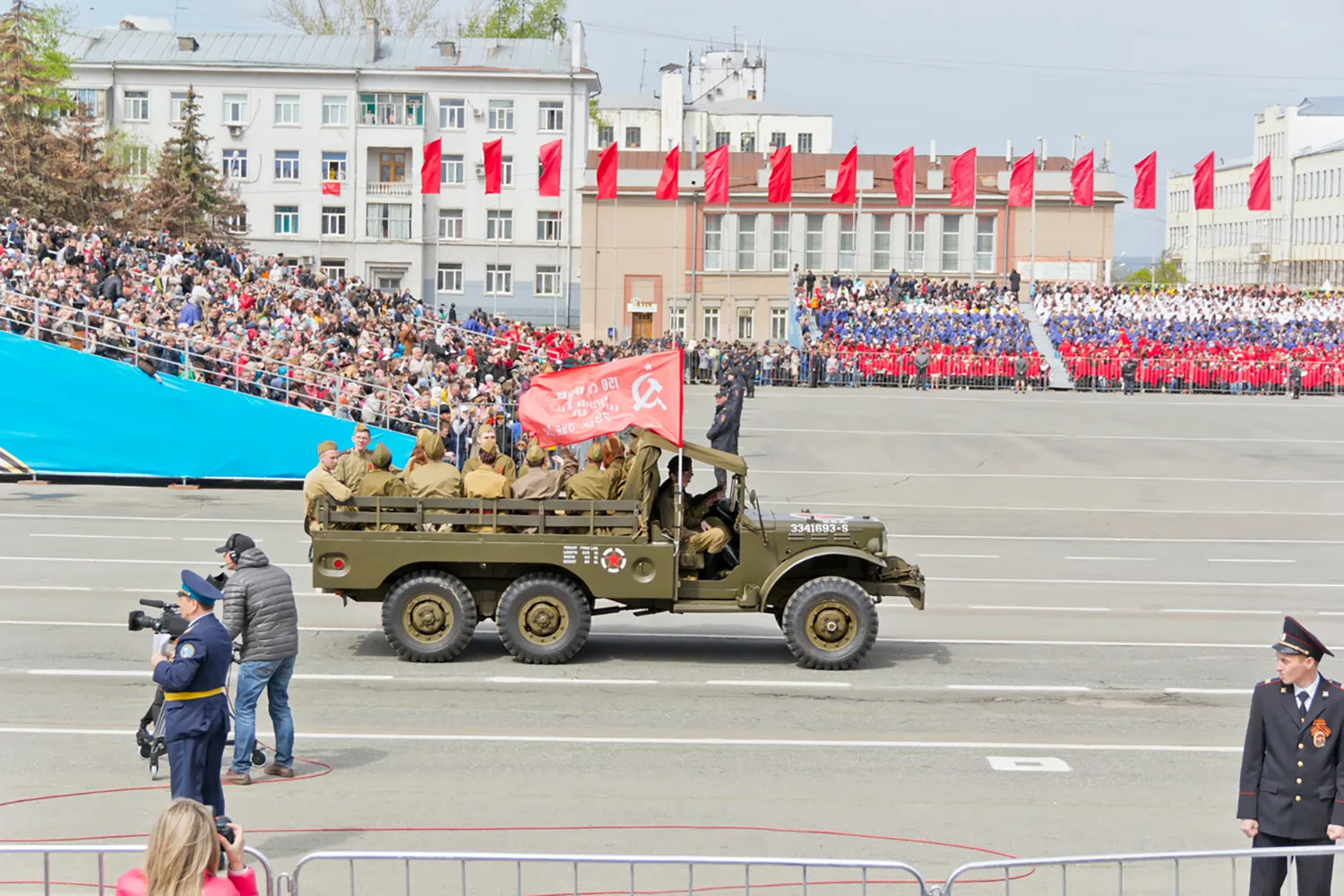
Beyond the ceremonies themselves, the site provides context: frontline conditions, wartime briefings, and the emotional states of those who marched. Especially notable are rare family archive photos from descendants of legendary Soviet commanders like Marshals Ivan Konev, Leonid Govorov, Vasily Kazakov, and Vasily Sokolovsky.
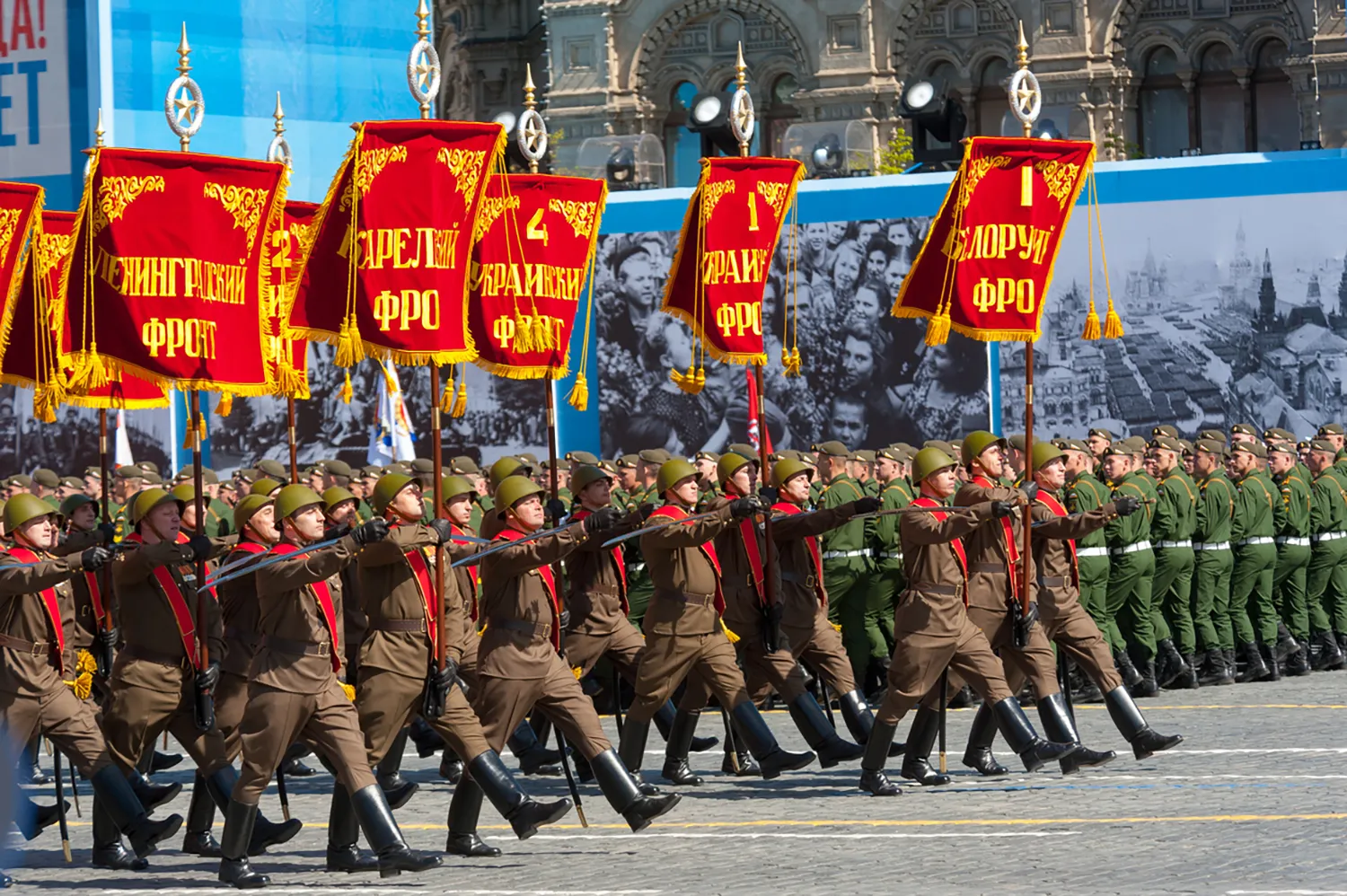
A Digital Education Platform Rooted in Memory
The 'Two Parades' platform is part of a broader wave of digitization across Russian cultural institutions. Like the recent online upgrades to the Tretyakov Gallery and Hermitage Museum, this initiative aims to make historical collections more accessible, immersive, and globally visible.
The project includes high-resolution restorations of archival photography paired with context-rich commentary. It complements larger trends in virtual heritage and digital pedagogy, especially amid growing concerns over disinformation related to World War II and the Soviet Union’s role in it.
In the words of museum officials, this effort fills a critical void in the online landscape: a curated portal dedicated not only to military spectacle but to human experience—emotions, sacrifices, and stories too easily lost in retellings. It builds on projects like 'Descendants of Victory,' which compiled war veteran testimonials for future generations.

Digital Sovereignty Through Storytelling
Currently, most traffic to the site comes from Russian cities, but the platform has multilingual expansion in its roadmap. Plans are in place for integration with educational programs and immersive VR/AR tours.
The Historical Museum sees the site as a prototype for national and global exhibitions, especially around themes of memory and resilience. Expert reviewers say that it reinforces Russia’s 'digital cultural sovereignty' by shaping historical narratives within native platforms rather than outsourcing memory to external tech.
As misinformation campaigns grow more sophisticated, projects like 'Two Parades' provide a counterbalance—offering verifiable, source-rich material for both learners and cultural institutions around the world.


